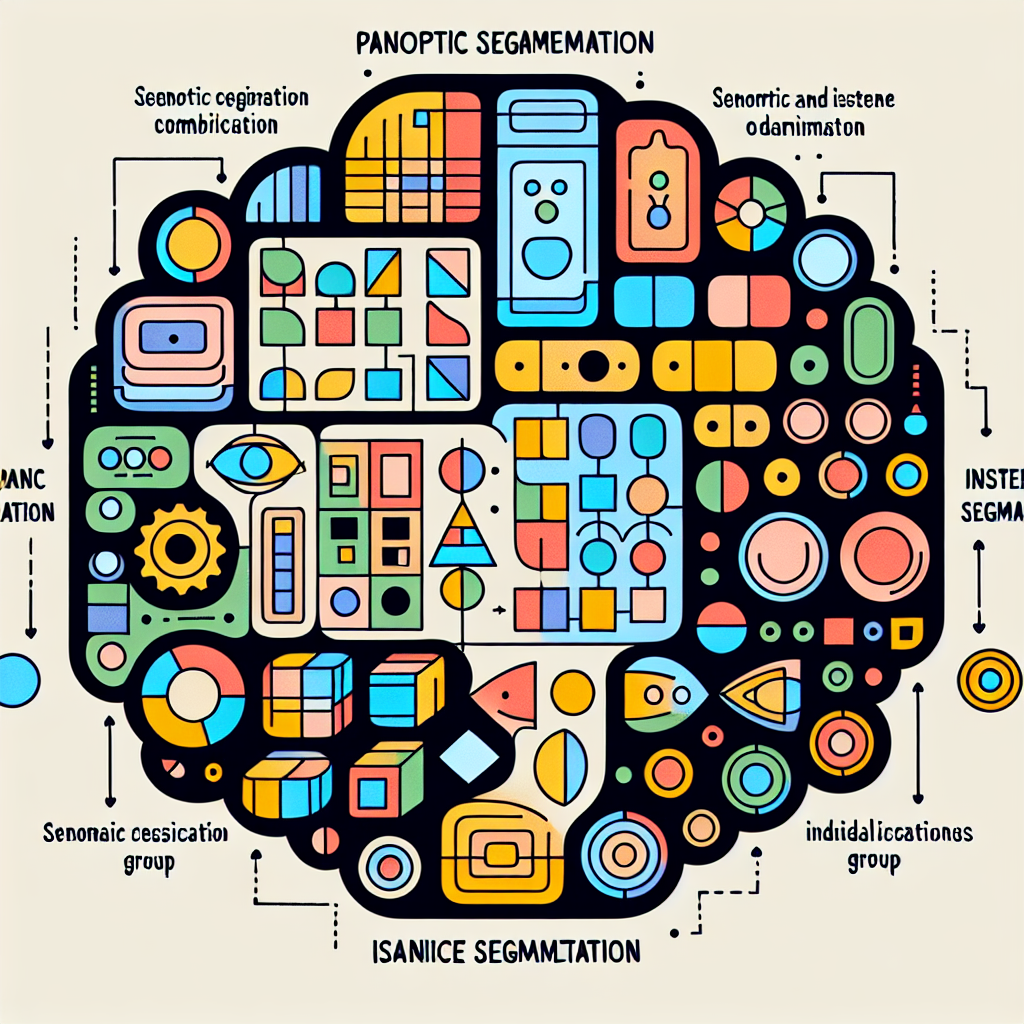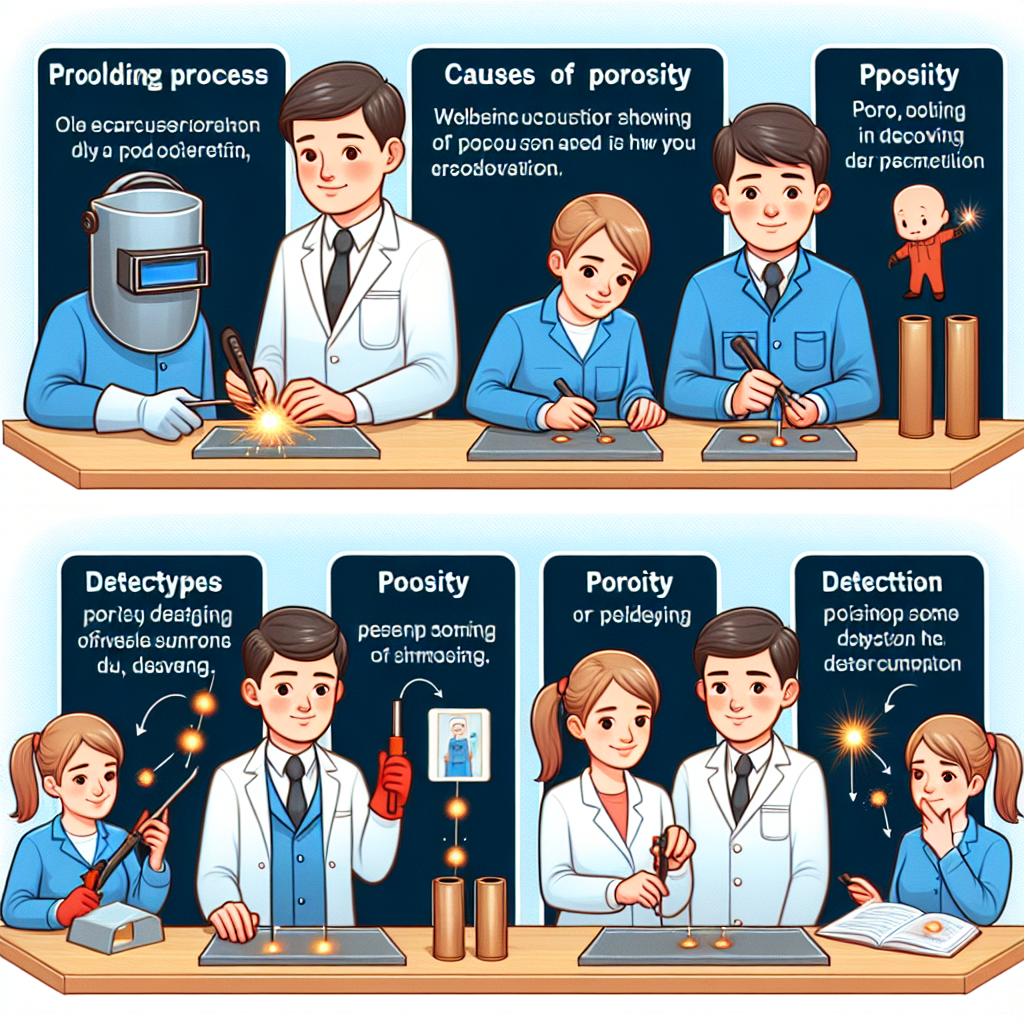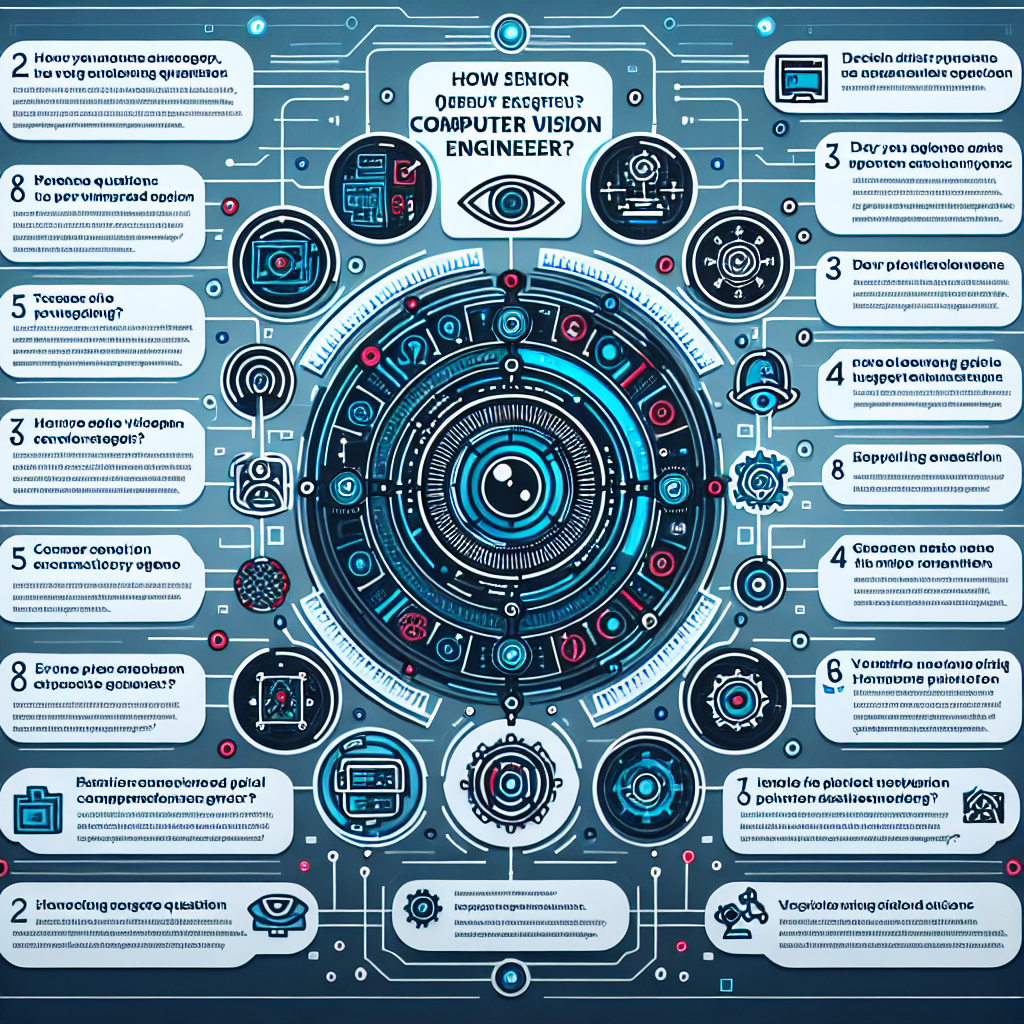Unifying Semantic and Instance Segmentation through Panoptic Segmentation
Unifying Semantic and Instance Segmentation through Panoptic Segmentation
Researchers have developed a new approach called Panoptic Segmentation that combines semantic and instance segmentation, revolutionizing the field of computer vision.
The Challenge of Semantic and Instance Segmentation
Semantic segmentation involves labeling each pixel in an image with a class label, such as “car” or “tree.” On the other hand, instance segmentation aims to identify and differentiate individual objects within an image.
Traditionally, these two tasks have been treated separately, leading to inefficiencies and limitations in understanding complex scenes.
The Breakthrough: Panoptic Segmentation
Panoptic Segmentation unifies semantic and instance segmentation into a single task, providing a more comprehensive understanding of images.
It combines the strengths of both approaches by assigning a unique label to each pixel and identifying individual instances of objects.
How Panoptic Segmentation Works
Panoptic Segmentation involves two main steps:
- Semantic Segmentation: The algorithm labels each pixel with a class label, providing a high-level understanding of the scene.
- Instance Segmentation: The algorithm identifies and segments individual objects within the image, providing detailed information about each object.
By combining these two steps, Panoptic Segmentation creates a unified representation of the scene, capturing both the semantic meaning and the specific instances present.
The Impact and Applications
Panoptic Segmentation has significant implications for various fields:
- Autonomous Vehicles: It enables better scene understanding, improving object detection and tracking for self-driving cars.
- Robotics: Robots can better perceive and interact with their environment, enhancing their capabilities in tasks like object manipulation and navigation.
- Augmented Reality: It enhances the realism and accuracy of virtual objects placed in real-world scenes.
Conclusion
Panoptic Segmentation is a groundbreaking approach that unifies semantic and instance segmentation, providing a more comprehensive understanding of images. By combining the strengths of both approaches, it opens up new possibilities in fields such as autonomous vehicles, robotics, and augmented reality.







